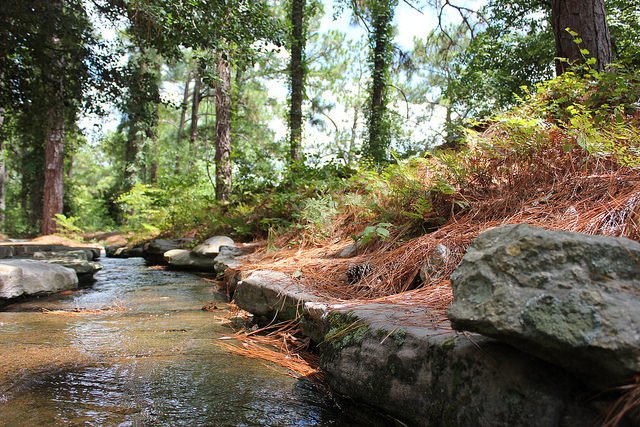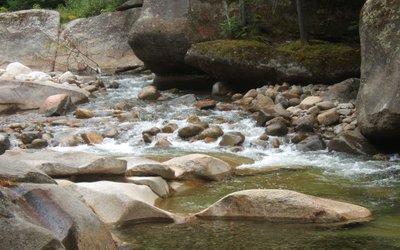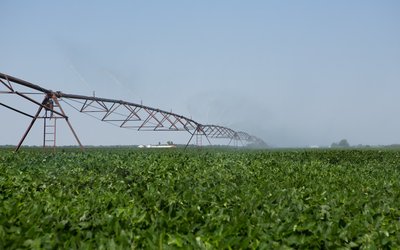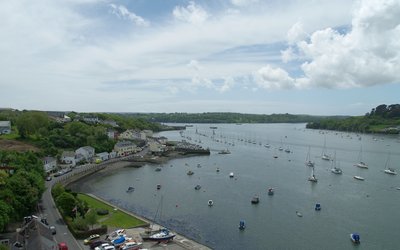Forest management can mitigate climate change effects on streamflow
June 10, 2016

Forested headwater basins are an important source of water for human use and ecosystem function. It is important, therefore, to maintain streamflow from these headwaters in light of expected climate change.
Forest and land management may alter freshwater availability and streamflow through changes in vegetation type, stand age, and associated evapotranspiration rates. Forest harvest can provide short-term increases in streamflow, while species conversion can either increase or decrease streamflow for long periods, depending on the structure and water use demands of the new forest.
Long-term data for watersheds in southeastern U.S. shows that management activities that alter species composition and structure can have lasting effects on streamflow, especially at the lowest and highest flows. We need to understand how forest management or disturbance counteract or exacerbate the climate effects on streamflow in order to safeguard the ecosystem service of water supply for society.
Forest management can mitigate the effects of climate change. Climate and forest management interact and affect streamflow differentially across the flow regime, where increasing or decreasing forest cover, altering dominant species, or converting deciduous to conifer forests can enhance or lessen the effects of changes in precipitation patterns on low and high streamflows.
Source: Kelly et al., 2016. Geophysical Research Letters 43: 3727 - 3736.
Photo: CP369 (www.flickr.com)








